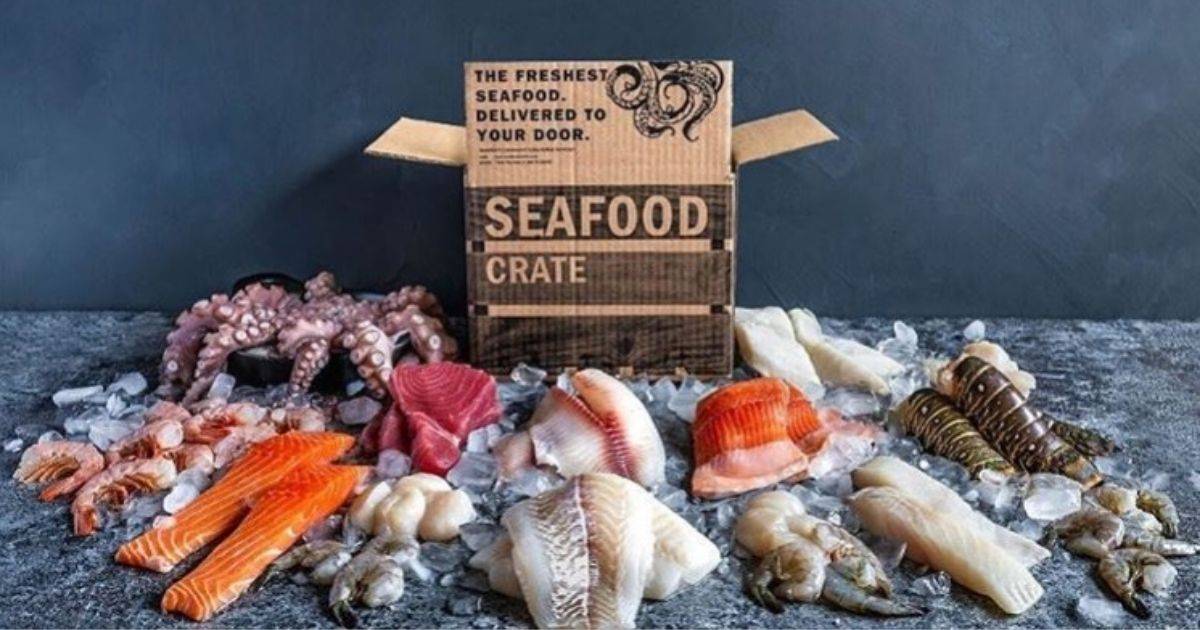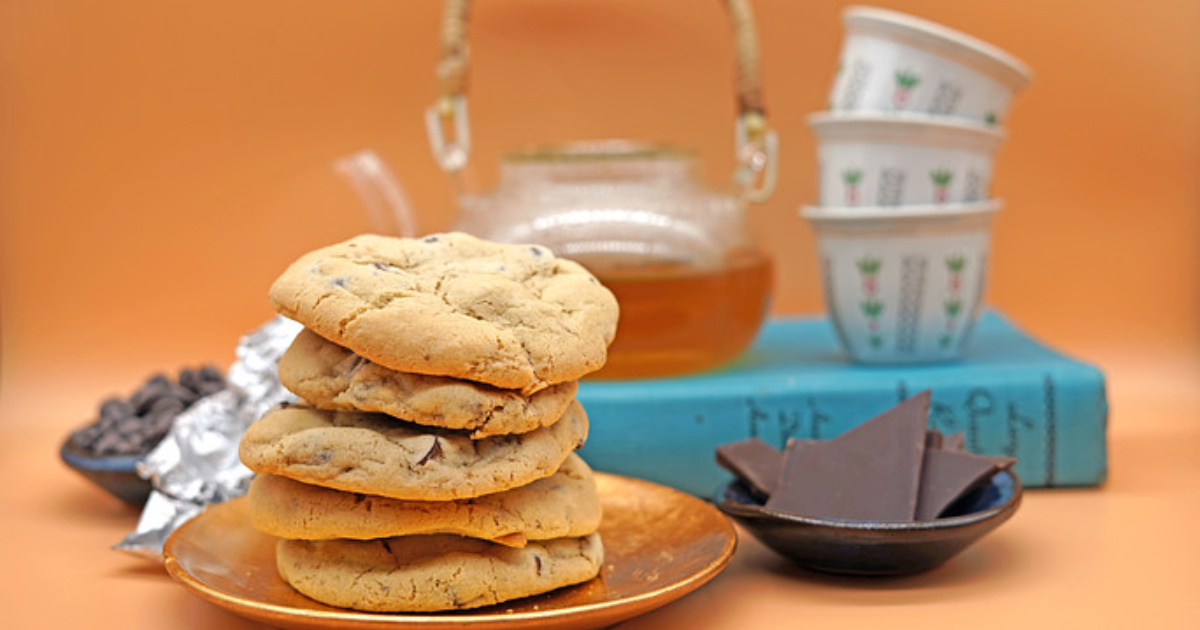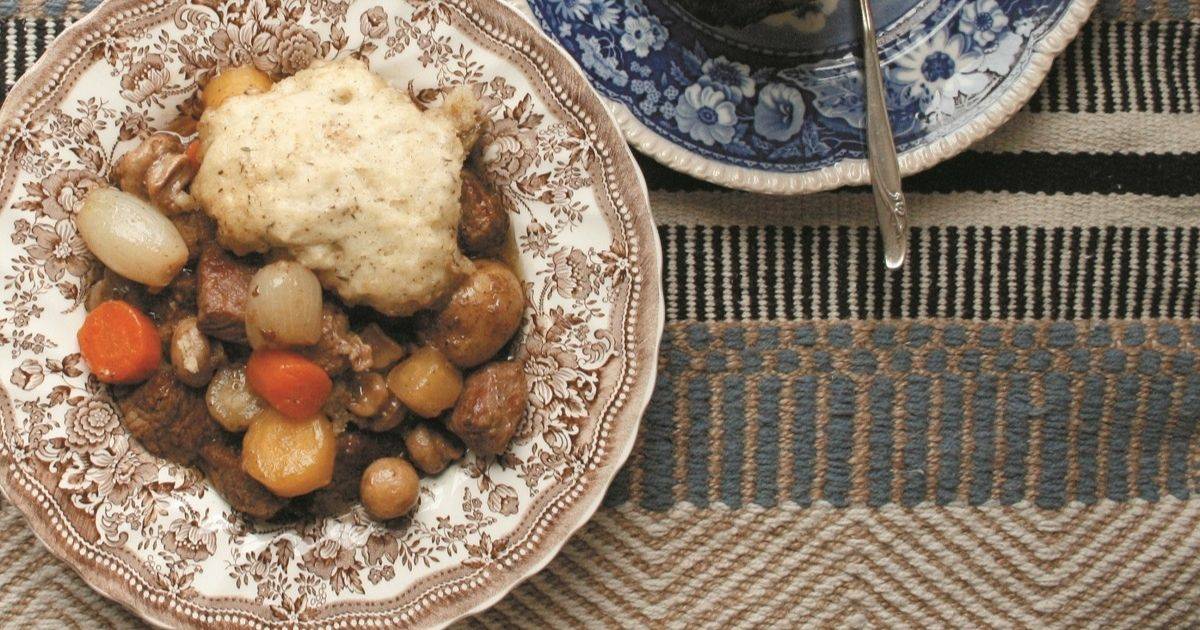Fish counters can be overwhelming for the best of us home cooks. We wonder if the fish is fresh and how long it has sat there for. Then there’s the source: Where does the fish come from and how long did it take to get here? How was it grown and in what conditions? And who has the time to figure it all out and get dinner on the table in a reasonable fashion?
You’re not alone if you’ve ever wondered if your grocer’s catch of the day is wearing a disguise. In an ongoing investigation conducted by Oceana Canada, 26 to 67 percent of fish sold in cities across the country have been mislabelled. One option this non-profit conservation organization suggests is to shop from local, smaller businesses that know their supply chains well.
Seafood Crate is one such company. Jumping on the food delivery service bandwagon, it offers quality you can count on, with gorgeous-looking, tasty seafood, delivered right to your door.

A History of the Business
Although the company is relatively new, its roots go back. The family-run business has made deep connections selling seafood in Canada for over two generations and since 1980. Phil Benhaim, principal CEO, says he and his siblings came into the business by birth but have stayed by love.
“My father began importing octopus from Morocco 40 years ago and realized there was a business to be had importing seafood to Canada,” Phil says. “My brother, sister and I were born into the family business, which we weren’t too crazy about as kids, but over the course of working there through summers and spare time, we grew to love it.”
At 79, his father, Marc Benhaim, still comes to work every day. Phil’s siblingsTK, Julien and Michelle, helm InterCanada Fisheries. Seafood Crate is the offshoot that launched in fall 2019.
“We wanted to get into the retail space because we were already selling a lot of retail products, so we wanted to sell direct in a way that was exciting, honest and held our core values. We wanted to give people an advantage to buying from our site,” says Phil. “Most fresh fish comes in on a Saturday or Sunday, so if people wanted really fresh fish, they could have it at their door on a Tuesday at its peak flavour.”

Waste Not, Want Not
Seafood Crate processes fish into portions, then vacuum-packs it, so at no point in time is the fish exposed to air, compared to the grocery store, where it sits exposed on trays and shelves for days, waiting to be chosen. Besides offering fresher, higher-quality fish, the company sees its portions and direct-to-customer service as a way to combat the waste seen at grocery stores and chains.
“We also felt that stores threw away a lot of fish…on average they throw away about 30 percent of what they receive each week,” says Phil, who points out that fishmongers are able to move their product quickly and reduce waste—if you can find one in your area. “We are the fishmongers online for you. With our service, you get a fridge life of about 7 to 10 days, and then you have the option to freeze it. The enemy of fish is oxidation. You want to keep that moisture. The longer you keep it out, the drier, harder and slimier fish get.”

A Taste for Quality
Like the fishmonger you can trust, Seafood Crate takes the guesswork out of the seafood you receive, working with trusted sources and making selections with the highest quality in mind.
“The importers are the most regulated through government oversight,” says Phil. “The funny business happens after that, whether it’s intentional or through mislabelling. We deal with strict guidelines on handling seafood products, whether it’s through a local supplier or abroad. We have to declare it as the product that it is. Our farm products are ASD internationally certified, which ensures the farming practices are sustainable and eco-friendly. They charge more because there is less yield, but they also use the most care.”
It’s clear from the taste, Phil raves, pointing to the company’s Canadian suppliers as well. “It’s sushi grade, which means it’s a high quality that even when eaten raw you know there’s flavour, quality and fat content. You aren’t going to get sick,” he says.
Among Phil’s favourites is the black cod. “It’s something special. It’s FAS—frozen at sea—so as soon as they catch it, they freeze it. It’s the gold standard,” he says.
Shrimp is another item Seafood Crate prides itself on sourcing. “We have wild-caught pink shrimp caught on boats in Argentina—that’s a popular choice,” says Phil. “And we also like black tiger shrimp; it’s the cream of the crop for farmed raised. We deal with a certain packer in Vietnam via a Japanese owner. They have some of the highest and strictest agricultural standards in the world. They don’t put any hormone treatments into the feed, just probiotic treatments, so the quality is fantastic. It has a nice crunch and substance to it.”
Lasting Connections
The family’s relationships with packers and suppliers is key to the business’s success, and over the years, restaurants and chefs who have fallen in love with the quality and flavour have created close connections with the company.
Toronto chef Susur Lee is one such ally: A 10-year relationship in selling to Lee blossomed into an online partnership. “When we told Lee about this concept of starting up a premium seafood delivery, he got super-excited and wanted to be involved,” says Phil. “So we decided to partner and cross-promote. He gives us great ideas on how to improve quality and selection and gives us recipes for the website, whatever he can to help promote us.”
Education is also important to the family and company. “Eighty to 90 percent of tuna sold in Canada is chemically treated with carbon monoxide,” says Phil. “Grocers do that because it turns the fish bright red so it looks fresh at all times. And they are selling this in their fresh-fish department. Untreated tuna has a deep ruby red blood colour, but chemically treated tuna has more of a cartoon, brighter red; it has a glow to it. It won’t kill you, but because of the treatment, you have no idea how fresh the fish is.”
He sees similar concerns when it comes to shrimp. “A lot of the shrimp sold in Canada comes from Indonesia, China and India. Not all, but the majority of them have poor standards for what they put into the product,” says Phil. “There are a lot of chemicals injected into the product to make it heavier than it is, by injecting water weight into it to boost the size and count. Another practice is the poor quality of the water that the shrimp are raised in. It can be very dirty; they don’t clean the water, so there is a lot of fecal matter and even garbage upstream. There are a lot of reasons for why we don’t like to buy from those countries.”
Glaze can also be deceiving. Explains Phil: ”Glaze is used to prevent frozen product from drying out, which is good, but the content should only be 5 to 10 percent glaze, like ice around the product. But sometimes they use up to 30 percent, so you are paying for water weight and ice.” He adds that some regions will starve the salmon to reduce the fat content so the fish won’t decay as fast, but you get less flavour and a drier, bland product as a result.

A Proud Tradition
Sustainability and transparency also play a big role in the company’s practices and choices. “We want to be sustainable, trustworthy, better quality. We want people to know what they are buying, where it’s coming from and what species it is,” says Phil.
As such, product descriptions include the history of the product, where it was sourced, by what company and how. Also, one dollar from every order goes toward ocean cleanup. “It’s part of our commitment to the environment and sustainability,” Phil says. The vac pack that Seafood Crate uses is recyclable, while the ice gel packs that come with the shipment are environmentally friendly—made of a simple salt solution, the gel packs can be thawed and poured down the drain or reused. Seafood Crate also uses shipping boxes made from recycled tires for insulation, allowing for 2 days of guaranteed refrigeration in transit.
Right now, Seafood Crate delivers all over the Greater Toronto Area and southern Ontario, but those outside the region will have to wait until the company can find a way to reach them without compromising quality. “We’re trying to expand, but it’s difficult to get a price on shipping that’s affordable and guarantees freshness with next-day delivery,” says Phil.
Seafood Crate will have to hurry to find a solution—no doubt chefs and seafood lovers across Canada are anxiously waiting for a taste of its fine, fresh-caught fare.
[photos: Seafood Crate]
An editor with 15-plus years in the publishing business, Catalina Margulis’ byline spans travel, food, decor, parenting, fashion, beauty, health and business. When she’s not chasing after her three young children, she can be found painting her home, taming her garden and baking muffins.













